Something went wrong!
Hang in there while we get back on track
Best attractions in Sirmione
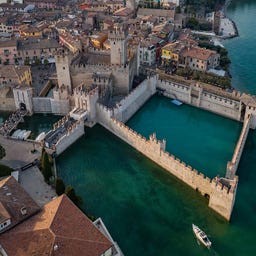
The Castello Scaligero is an imposing medieval fortress, perched on the southern tip of Lake Garda. Built between the 13th and 14th centuries by the powerful Scaliger family of Verona, it's one of Italy's best-preserved castles. Visitors can explore the beautifully restored harbor — the only surviving example of a 14th-century fortified port—and walk along the ancient ramparts. Climbing the 37-meter-high tower offers breathtaking panoramic views of Lake Garda and the charming town below, perfect for capturing memorable photos.
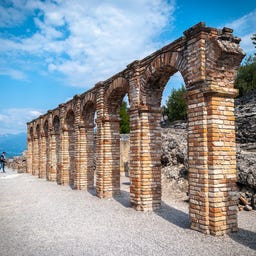
The Grottoes of Catullus in Sirmione offer an extraordinary glimpse into the grandeur of ancient Roman architecture. Perched on a promontory with fantastic views over Lake Garda, these well-preserved ruins, dating back to the beginning of the 1st century AD, were once a magnificent Roman villa. Despite the name, the poet Catullus died before the villa was built and didn't live here. Visitors can explore the extensive grounds and a small museum showcasing excavated artifacts. The combination of breathtaking scenery and fascinating history makes the Grottoes of Catullus a must-visit attraction.
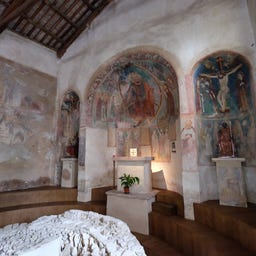
San Pietro in Mavino is a hidden gem in Sirmione, offering a peaceful retreat from the bustling streets and crowded beaches. Originally built in the 8th century and later renovated in the 14th century, this quaint chapel is simple yet elegant. Inside you will find remains of beautiful frescoes, including a vivid Christ Pantocrator and a unique portrayal of Archangel Michael. Surrounded by a lovely park, it's an ideal spot for a leisurely stroll.
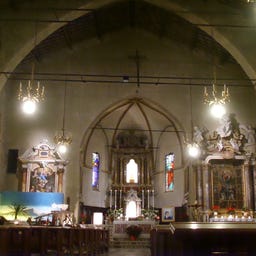
Located slightly off the beaten path in Sirmione, the rather simple Church of Santa Maria Maggiore dates back to the 15th century. This late Gothic parish church, built on the remnants of an 8th-century structure, shelters partially preserved frescoes and a wooden statue of the Virgin Mary. Visitors can also view a painting by a Venetian master from the 15th century.
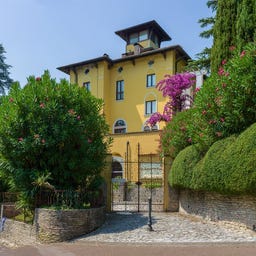
Picturesque Villa Meneghini-Callas, where the greek soprano Maria Callas lived. If you are in the area, it's nice to walk by and take a photo, but it's not worth an extra trip.
Dive into the fascinating Bronze Age at Lake Garda: Just 100 meters off the coast of Sirmione, researchers discovered the prehistoric pile dwellings of Lugana Vecchia in 1996. This underwater site, which revealed Bronze Age daggers, needles, and spearheads, has been part of the UNESCO World Heritage Site "Prehistoric Pile Dwellings around the Alps" since 2011. As one of 19 Italian pile dwelling sites, it impressively lies in the glacial basin of Lake Garda, nestled in the morainic landscape between Lugana and Colombare. You can admire the recovered artifacts today at the Giovanni Rambotti Archaeological Museum in Desenzano del Garda.
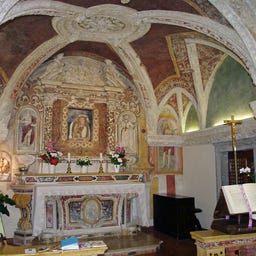
Sant’Anna della Rocca or Porta, is a small 14th-century church located at the southern gate of Sirmione, right next to the Scaliger Castle. Originally built as a chapel, it has undergone several architectural changes over the centuries. The church features baroque elements, including a marble altar and frescoes from various artists. The oldest work is a fresco fragment of the Madonna and Child from the 14th century. The church was restored between 2003 and 2005.
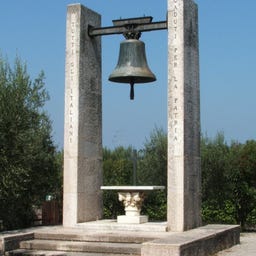
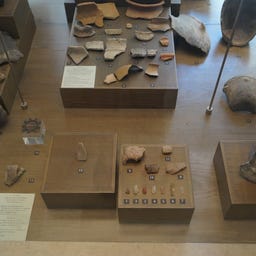
The Museo archeologico di Sirmione is part of the Grottoes of Catullus and features some artifacts from the Roman period, including mosaics, pottery, and everyday tools. It's a compact stop, which helps gain a deeper understanding of the region's archaeological site, making it a worthwhile visit.
